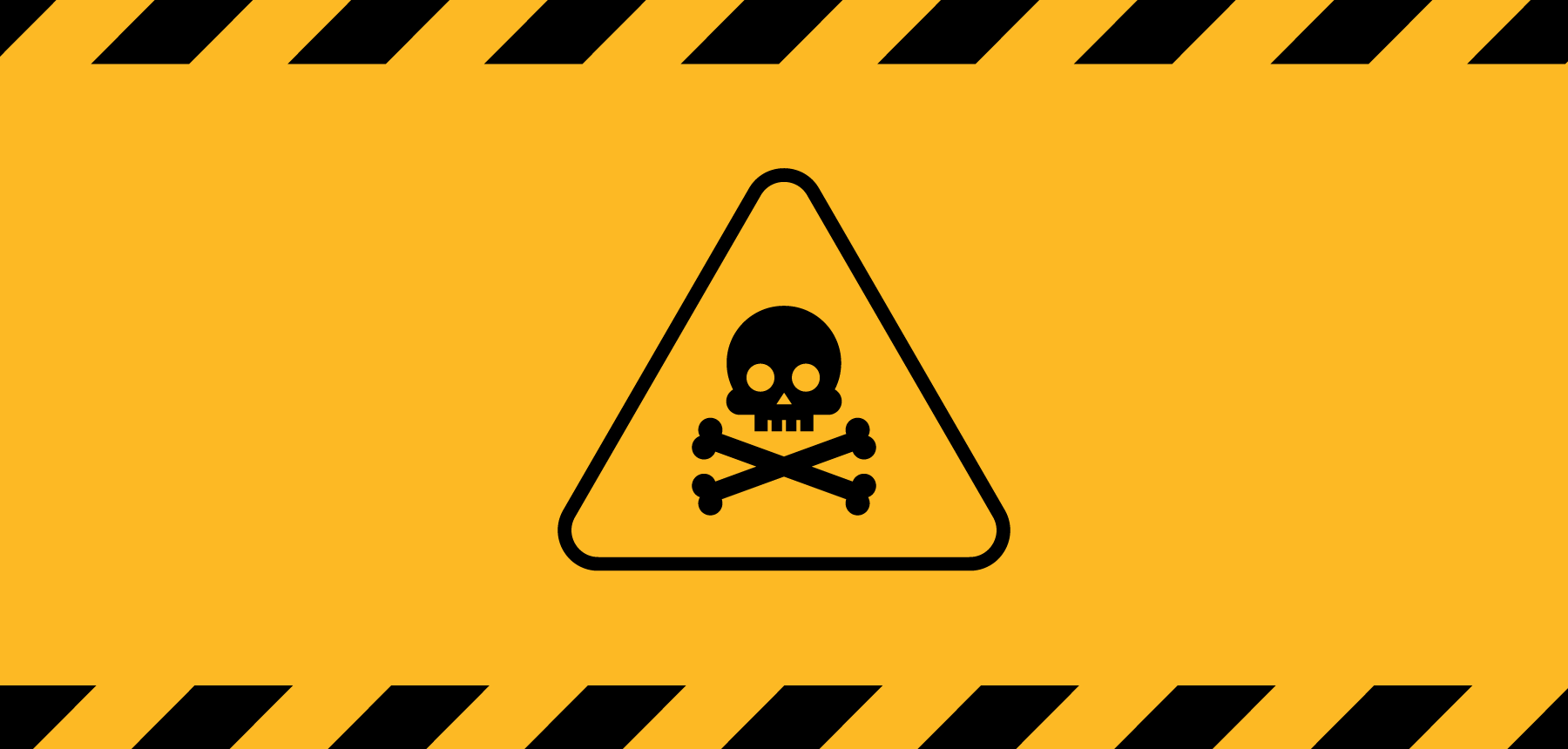A leader's guide to toxic personalities
I’m fortunate to have recently been given the opportunity to lead and grow a fantastic team in my new position as Inspire Group’s Auckland Regional Manager. Each day I’m inspired by how they collaborate, approach opportunities and challenges with a growth mindset, and embody the principles of mutual trust, respect, support and care for each other.
But I haven’t always been this fortunate in my career.
In previous leadership positions, I’ve encountered individuals who demonstrate very different behaviours. We experience a significant emotional toll when faced with personalities that seem to be fundamentally misaligned to our values and vision.
I’m comfortable admitting that when confronted with these situations in the past, I haven’t always had the appropriate tools or knowledge to manage them effectively. Every week I speak with business leaders who share similar stories and concerns.
So, what is the best way to deal with a ‘toxic personality’? And how can we equip leaders to manage these situations to a desirable outcome with minimal impact on their own (and their team’s) wellbeing?
Knowledge is power, so identifying the toxic personality is a critical first step.
There is a stark distinction between a difficult and a toxic personality.
The former is an easier issue to isolate and control, the latter is a more insidious problem which can result in grave repercussions for your organisational culture.
Understanding this difference ensures you focus your time and effort on supporting and immunising your team from the toxic behaviours that can have an enduring and damaging impact on their commitment, motivation levels and general wellbeing.
Some signs of toxic personalities are:
Highly manipulative actions with destructive intent:
Unethical, aggressive or secretive behaviours that when challenged are defended or represented as positive.
Patterns of inconsistent moods, behaviours and attitudes to others:
Creating feelings of unease and mistrust. Individuals subjected to such behaviours are unable to relax and engage meaningfully or authentically in professional interactions.
Projection:
Refusal to take ownership of their own feelings and actions, instead opting to accuse others of behaving in a similar way.
Selective relationship building and support:
Intentional exclusion of other team members, or purposefully creating situations that may compromise or expose colleagues in their work.
Deflection, dishonesty and lack of accountability:
Refusal to apologise for any actions that have resulted in a negative outcome. Often taking the opportunity to allocate blame to others. Or finding a means to present themselves as victim rather than perpetrator. In extreme cases, they may also lie or conceal information.
Many leaders focus too readily on the consequences of toxic personalities, rather than the catalyst for them.
Working compassionately with the individual to understand what is driving certain actions can help mitigate or control negative behaviours. Create space and time for safe coaching conversations to uncover what personal and professional issues may be eliciting certain actions.
Provide clear and direct feedback (and expectations) and offer full support to the individual in their behaviour change.
Leaders can counteract negative behaviours through maintaining a positive and solution-focused mindset and empowering their teams to focus their energy in a similar way.
Leaders need to master supporting their teams to distance themselves from toxic behaviours.
This can be achieved by reducing interactions. Either through creating physical boundaries or reassigning project initiatives and meetings to limit exposure to other team members.
If this isn’t possible, role modelling the appropriate level of emotional intelligence is key – toxic personalities can have little impact if your response is fact based and rational.
Coaching others to manage their emotions in this way is highly effective.
Retrospectively managing toxic personalities can be challenging. But proactively creating a culture that discourages these behaviours is an important step in avoiding future issues. Leaders can influence workplace culture in a positive way. By acknowledging and celebrating the right behaviours and quickly intervening when the opposite happens. Remove fear by promoting a growth culture – where mistakes are not punished but used as important steps in learning and development. Create psychological safety and trust by empowering your teams to collaborate. Toxic behaviours in these environments can be quickly exposed and managed (or managed out of your organisation) more efficiently.
About the author
Aidan Stoate is the New Zealand CEO of Inspire Group, an award-winning learning design consultancy that delivers world-class solutions to organisations globally. Aidan has a passion for helping organisations improve their culture and performance through innovative learning and development interventions. As an ICF accredited organisational coach, Aidan provides subject matter expertise for the design and delivery of leadership programmes, whilst leading the Inspire Group New Zealand business across all projects and disciplines. Having led organisations and teams in the UK, South-East Asia, North America and Australasia, Aidan brings a nuanced perspective whilst promoting inclusive, engaging and contextualised solutions that drive genuine behaviour change and strategic benefits.










